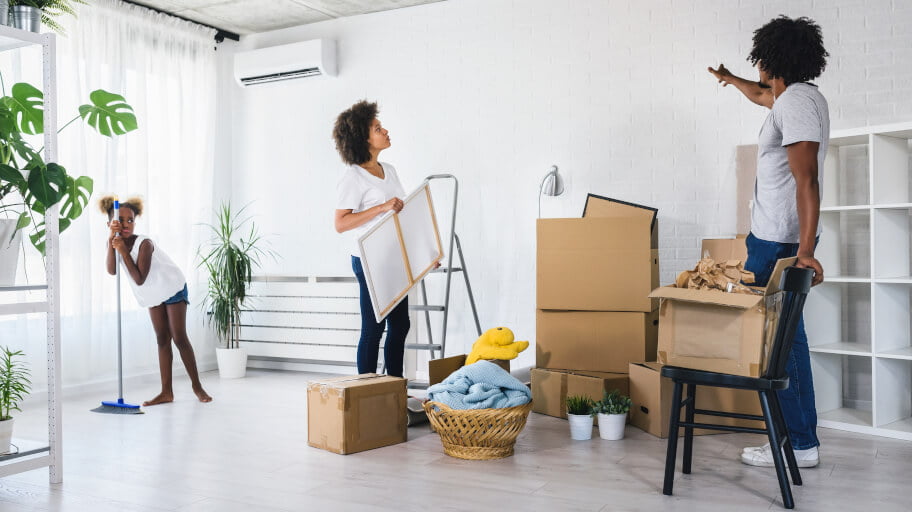INSTALLING 75 OHM COAXIAL CABLE: BEST PRACTICES FOR SIGNAL QUALITY

A 75-ohm coaxial cable comes in handy when installing a cable TV, internet, or even a home theater system. Sometimes, however, it is not enough to just plug things in. The installation plays an important role in having a good, clear, and stable signal. Even superior coax can perform poorly when it is not installed optimally.
Now, we will discuss the best practices that can enable you to make the most of your 75-ohm coaxial cable.
Select a suitable type of cable
Not every 75-ohm coax is made the same. The most popular ones you will come across are:
- RG6: It is suitable for the internet, cable TV, and satellite.
- RG59: It is more pliable and has higher conductor density. However, it is unsuitable for high-frequency applications and long runs.
Unless you are dealing with HD, digital audio, or broadband internet, RG 6 will do fine. It has stronger shielding and low electromagnetic attenuation.
Shorten and make cable runs direct
Increased distance decreases signal strength. This is termed as attenuation. Although RG6 gives better performance when covering longer runs compared to RG59, you still ought to do the following:
- Keep the cable length to a minimum.
- Avoid bends, loops, or detours, unless required.
- Limit the use of splitters so that they do not amplify signal loss.
In case you would require dividing the signal to attend to more than one device, increase the signal split with the help of a powered amplifier splitter.
Avoid sharp bends and kinks
Coaxial cable is not designed to bend acutely. A sharp turn may impair internal dielectric or shielding, thus resulting in a bad signal or interference. Bend it no tighter than the diameter of a soda can.
And don’t crunch or squeeze cable behind furniture or under doors. That can damage the signal path permanently.
Apply quality connectors
Even the best cable can be damaged by a weak connection. When laying 75-ohm coaxial cable, ensure the following:
- Insert compatibility F-connectors, not twist-ons or push-ons.
- Ensure the connector fits well and is of the right type of cable (RG6 or RG59).
- When crimping on your own ends, apply the right equipment and adhere to proper measurements.
Ground your system
If you are running coax outdoors or linking to an antenna or satellite dish, you have to ground the system. This will safeguard your assembly as well as your home against voltage surges and lightning.
Install a coaxial grounding block between the outdoor line and your indoor equipment, and connect it to a convenient ground source, typically located within your electrical panel.
Test the signal
After installing it, connect everything and test your configuration. When you get pixelation, signal dropouts, or slow Internet connections, trace your cable line. It can be caused by a faulty part, a bad connector, or a loose splitter in some cases.
Wrapping up
Got a problematic line? You may not even require new equipment, but rather a better installation. You need to pay attention to details. Selecting a well-built cable, avoiding sharp turns, adding good connectors, and preventing splitters translates to a good signal with no dropouts for many years.



